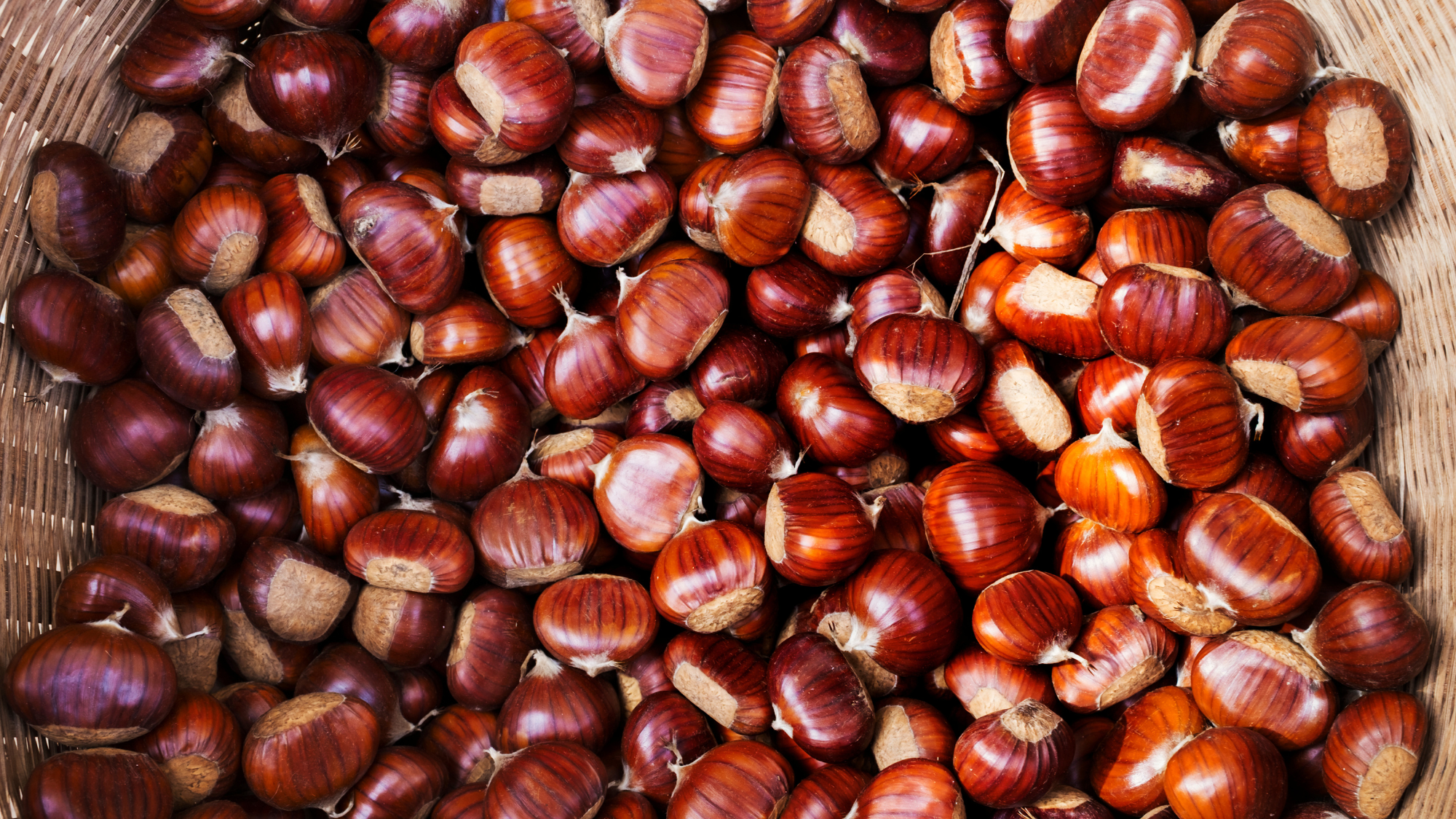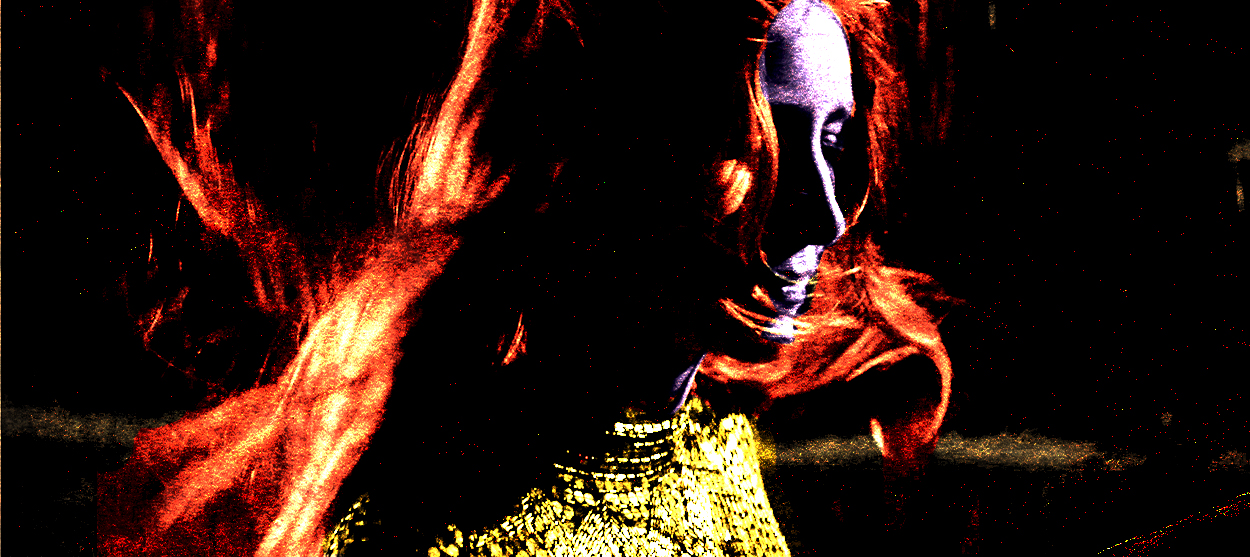The Disaster Artist is a hilarious tribute to a terrible movie
This is James Franco at his best

As faux-documentaries about real films go, The Disaster Artist is a goofy, hilarious hit. James Franco's film about the making of Tommy Wiseau's movie The Room — a 2003 cult classic loved for its amusing awfulness — is a frothy, gossipy, deeply loving tribute to the mysterious director (who, like Franco, played the lead in his own film). Based on a book by Wiseau's artistic partner and collaborator, Greg Sestero (played by Franco's brother Dave), the comedy sketches out their bond, the movie's genesis, and the peculiar forms of celebrity Los Angeles makes possible.
The movie starts with Sestero and Wiseau meeting at an acting class; Sestero's timid and fearful presence onstage earns him a strong rebuke from none other than Melanie Griffith (the teacher). Wiseau — who turns out to have unlimited funds, provenance unknown — invites Sestero to go live with him to L.A. so they can become famous together.
The stars of The Disaster Room are both larger and smaller than life; James Franco's Wiseau is pale-lipped and uncomfortable when he isn't claiming to study with Konstantin Stanislavski. Dave Franco's Greg is so blandly handsome and enthusiastically conventional there's just no understanding how he fell into the weird groove that made him famous. As any film about Hollywood mythology should, The Disaster Artist boasts dozens of cameos — a partial list includes Bryan Cranston to Kristen Bell, Bob Odenkirk, Judd Apatow, Randall Park, June Diane Raphael, Charlyne Yi, and Sharon Stone. The most impressive might be Angelyne, another L.A.-specific celebrity who (like Tommy) chased fame hard in a loud costume while jealously guarding her privacy.
The Week
Escape your echo chamber. Get the facts behind the news, plus analysis from multiple perspectives.

Sign up for The Week's Free Newsletters
From our morning news briefing to a weekly Good News Newsletter, get the best of The Week delivered directly to your inbox.
From our morning news briefing to a weekly Good News Newsletter, get the best of The Week delivered directly to your inbox.
Because that's the thing about Wiseau: He wants fame and prizes what he considers to be artistic self-disclosure (showing his butt), but he's a stunningly poor artist and doesn't actually want anyone to know anything about him. It's a fabulous character, and if The Disaster Artist showcases James Franco at his most peculiar, that's because he's playing Tommy Wiseau pretty faithfully, right down to the multiple belts, fake laughs, monotone locutions, and dyed black hair. It might not be quite fair to say that Wiseau got famous for his singular lack of talent, but his acting is stilted, his accent baffling, his age indeterminate, his presence bizarre. The sum of those parts is compelling and mortifying, a combo Franco revels in.
It's interesting to watch Franco work within Wiseau's grammatical and expressive constraints — he's a very different actor without recourse to his trademark greasy charisma, grief-stricken smile, and sad brows. Those tools are used instead by Dave Franco, who funnels Greg's Wonderbread vapid ambition and friendly sweetness through a constant, slightly hysterical grin. (Much has been made of the Franco brothers' resemblance in this movie. I see it, of course, but I'm also far from the first to point out Dave Franco's resemblance to Tom Cruise. The harmonics between that Franco energy and Tom Cruise tension can be vaguely off-putting, but they work really well here.)
Finally, and most importantly, this is just a wacky, funny film. And you don't have to have seen The Room to appreciate it as the fairly straightforward comedy it really is. Seth Rogen excels as the beleaguered script supervisor, Ari Graynor is fabulous as the hapless actress playing "Lisa," Wiseau's love interest, and if Alison Brie went wildly underused — she gets no funny lines — it's still fun to see her. (Hannibal Burress and Jason Mantzoukas aren't around long, but the scene in which they sell Wiseau equipment so he can film in 35mm and digital formats is gold.) There's a Christopher Guest quality to the way The Room finally goes into production, with its endless series of missteps and errors, but the pleasure of it is compounded by the fact that so much of this stuff really truly happened — a point The Disaster Artist makes by setting up side-by-side frames of The Room and its re-enactment in the closing credits.
It sometimes seems like the less serious James Franco gets, the better his projects become. The Room was a portentous, semi-autobiographical drama that only succeeded as an accidental comedy; The Disaster Artist aims much lower and perfectly hits its mark. There might not exactly be a lesson in that, but it definitely feels like Franco — who never resists going meta, and who's certainly been known to aim for a kind of seriousness he can't always deliver — is commenting on it.
A free daily email with the biggest news stories of the day – and the best features from TheWeek.com
If you strip the fiddly premise out, this is an immensely silly movie about an immensely silly person. Watch it. You'll be glad you did.
Lili Loofbourow is the culture critic at TheWeek.com. She's also a special correspondent for the Los Angeles Review of Books and an editor for Beyond Criticism, a Bloomsbury Academic series dedicated to formally experimental criticism. Her writing has appeared in a variety of venues including The Guardian, Salon, The New York Times Magazine, The New Republic, and Slate.
-
 How to make the most of chestnuts
How to make the most of chestnutsThe Week Recommends These versatile nuts have way more to offer than Nat King Cole ever let on
-
 Deaths for children under 5 have gone up for the first time this century
Deaths for children under 5 have gone up for the first time this centuryUnder the radar Poor funding is the culprit
-
 Codeword: December 22, 2025
Codeword: December 22, 2025The daily codeword puzzle from The Week
-
 Walter Isaacson's 'Elon Musk' can 'scarcely contain its subject'
Walter Isaacson's 'Elon Musk' can 'scarcely contain its subject'The latest biography on the elusive tech mogul is causing a stir among critics
-
 Welcome to the new TheWeek.com!
Welcome to the new TheWeek.com!The Explainer Please allow us to reintroduce ourselves
-
 The Oscars finale was a heartless disaster
The Oscars finale was a heartless disasterThe Explainer A calculated attempt at emotional manipulation goes very wrong
-
 Most awkward awards show ever?
Most awkward awards show ever?The Explainer The best, worst, and most shocking moments from a chaotic Golden Globes
-
 The possible silver lining to the Warner Bros. deal
The possible silver lining to the Warner Bros. dealThe Explainer Could what's terrible for theaters be good for creators?
-
 Jeffrey Wright is the new 'narrator voice'
Jeffrey Wright is the new 'narrator voice'The Explainer Move over, Sam Elliott and Morgan Freeman
-
 This week's literary events are the biggest award shows of 2020
This week's literary events are the biggest award shows of 2020feature So long, Oscar. Hello, Booker.
-
 What She Dies Tomorrow can teach us about our unshakable obsession with mortality
What She Dies Tomorrow can teach us about our unshakable obsession with mortalityThe Explainer This film isn't about the pandemic. But it can help viewers confront their fears about death.
